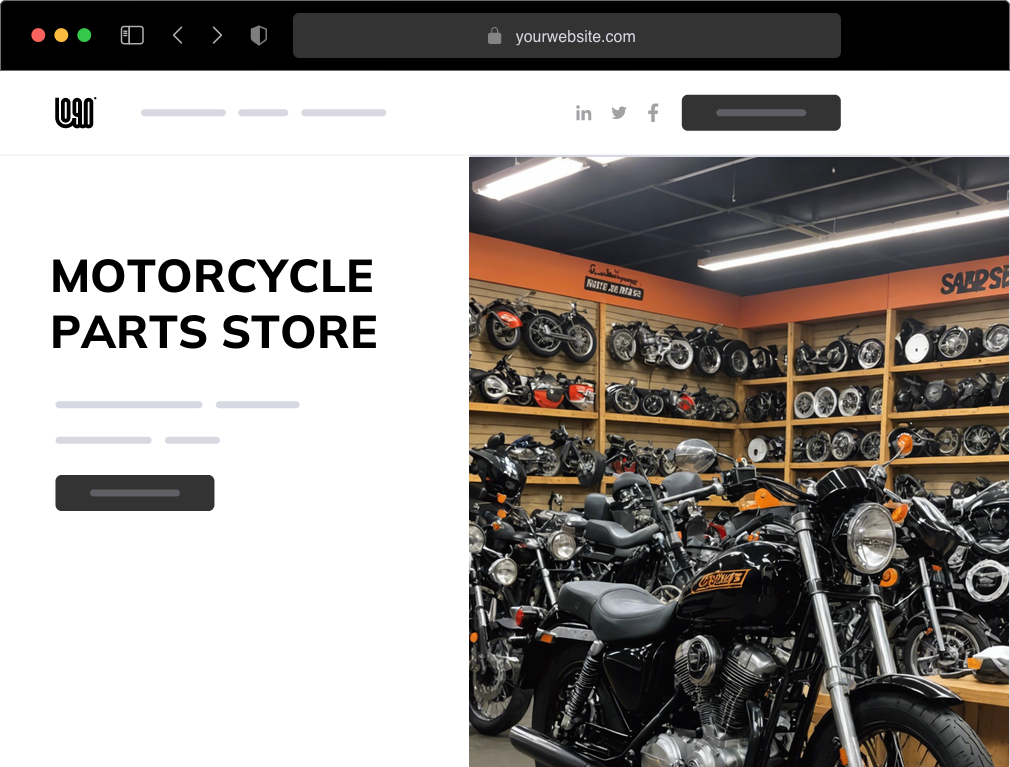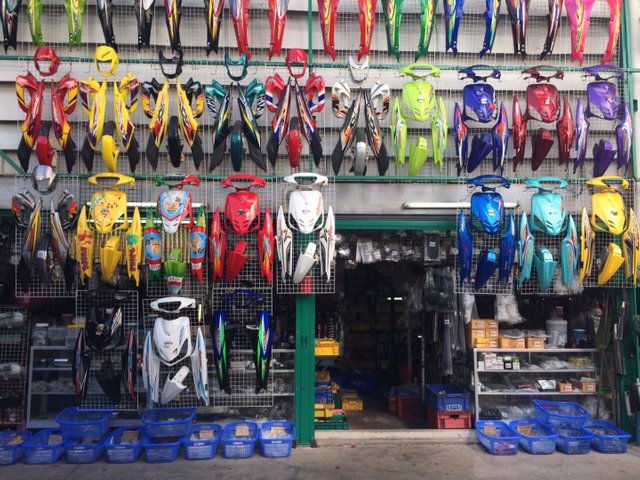Shop the most effective MX Parts NZ for Your High-Performance Bike
Shop the most effective MX Parts NZ for Your High-Performance Bike
Blog Article
A Comprehensive Consider Motorbike Parts: What Every Rider Should Know
A thorough understanding of motorcycle parts is not simply beneficial however essential for any type of cyclist intending to make best use of performance and security. Each part, from the engine's detailed workings to the reliability of brake systems, plays a crucial role in the general experience and performance of the bike.
Recognizing the Engine
The engine, often considered as the heart of a motorbike, is a complicated assembly of elements that work in harmony to transform gas into motion. At its core, the engine's primary function includes the combustion process, where air and fuel mix and ignite within the cylinders, resulting in controlled surges that drive the pistons. These pistons move up and down, transforming chemical energy into power, which subsequently turns the crankshaft, inevitably powering the bike.

Understanding the details of a bike engine is critical for cyclists and lovers alike. It not only gives insight right into how motorbikes accomplish their remarkable power and speed yet also help in effective upkeep and troubleshooting, ensuring durability and reliability when driving.
Suspension Equipments
While the engine powers the motorbike, the shock absorber plays a vital function in making certain a smooth and regulated experience. The shock absorber is responsible for absorbing shocks from the roadway surface, maintaining tire get in touch with, and giving stability during cornering and stopping. It comprises two primary parts: the front forks and the back shock absorbers.
Front forks are typically telescopic, wetting and including a springtime device. The spring compresses and expands to take in bumps, while the moistening device controls the motion to avoid excessive bouncing. This combination guarantees the front wheel stays touching the road, using remarkable handling and convenience.
The back suspension, typically a monoshock or twin-shock configuration, works similarly to the front suspension yet is tailored to support the motorbike's weight and motorcyclist - motocross gear. It handles rear wheel motion, adding to the bike's overall balance and responsiveness
Shock absorber can be flexible, enabling motorcyclists to adjust preload, compression, and rebound settings according to personal preferences and riding problems. This adjustability boosts efficiency by enhancing the bike's interaction with varied surfaces. In summary, an efficient shock absorber is crucial for rider convenience, safety and security, and the motorbike's dealing with prowess.
Brake Elements
Quiting power is an essential aspect of bike safety, and it rests on the effectiveness of the brake components. The primary components of a motorbike's braking system consist of the brake pads, calipers, blades, and master cylinder. motocross parts nz. Each of these parts plays an essential duty in making sure effective stopping efficiency
Brake pads are essential as they create the needed rubbing against the blades to decrease or quit the motorbike. Created from materials such as sintered steel or natural compounds, the choice of brake pad product significantly influences performance and long life. Calipers, housing the Discover More brake pads, use pressure to the pads when the brake lever is involved, helping with call with the blades.
The rotors, typically made from stainless-steel or actors iron, are installed to the wheels and offer as the surface against which the brake pads press. Their layout, including size and density, affects warmth dissipation and stopping power. The master cylinder, attached to the brake lever, produces hydraulic pressure transferred via brake lines to the calipers, ensuring constant stopping force.
Routine upkeep and inspection of these elements are vital for optimum performance, avoiding wear and making sure rider safety on the road.
Tire Basics
Beyond preserving robust stopping systems, making sure ideal tire efficiency is just as considerable for motorcycle safety and performance. Tires are the sole get in touch with point in between the roadway and the motorcycle, making their problem crucial in taking care of, stability, and overall ride high quality.

Check the sidewall for the DOT (Department of Transportation) code to ascertain the tire's age. Spending interest in Discover More these tire essentials not only optimizes performance yet also significantly enhances riding safety.
Electric Equipments
In the world of motorcycle maintenance, the electrical system plays an important function in guaranteeing reputable performance and biker safety. This intricate network encompasses essential elements such as the battery, alternator, starter motor, and circuitry harness. Each component is crucial for the seamless procedure of the bike, from ignition to illumination and communication with various sensing units.
The battery acts as the heart of the electric system, giving the needed power to start the engine and run devices. Routinely checking the battery's voltage and terminals for deterioration is critical to avoid unexpected failings. The alternator, on the other hand, reenergizes the battery while the engine is running, guaranteeing a continual power supply.
The starter electric motor is accountable for initiating engine procedure, converting electric energy into power. To maintain it, cyclists ought to take notice of any type of unusual sounds or problems throughout startup. The electrical wiring harness serves as the lorry's nervous system, linking all electric elements. Making certain that the wires are undamaged and totally free from damage is important for stopping brief circuits and ensuring capability.
Conclusion

Stopping power is a basic element of motorcycle safety and security, and it hinges on the performance of the brake elements. The primary elements of a bike's braking system consist of the brake pads, calipers, rotors, and master cyndrical tube.Brake pads are essential as they develop the required rubbing against the blades to slow down or quit the motorbike.Beyond maintaining durable stopping systems, making sure optimum tire performance is just as significant for bike security and efficiency.In the realm of bike maintenance, the electric system plays a critical role in making certain reputable efficiency and biker safety.
Report this page